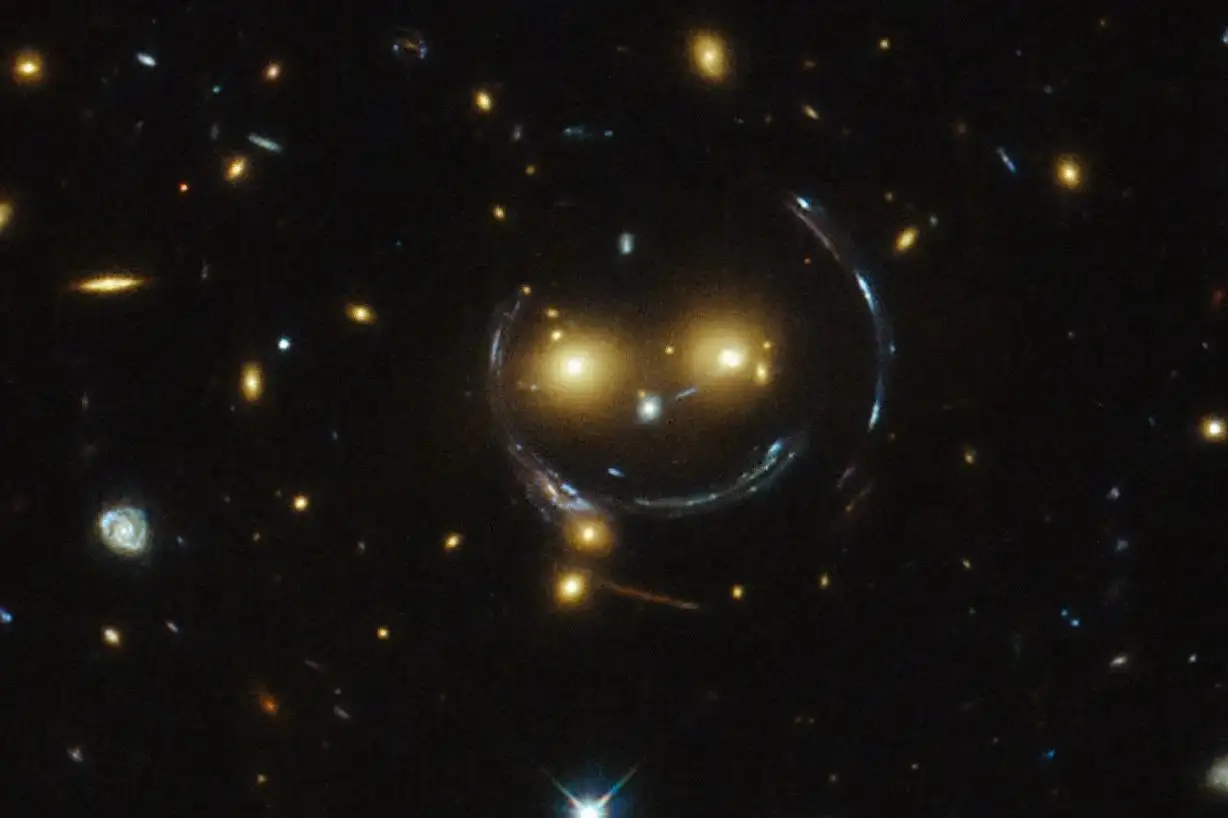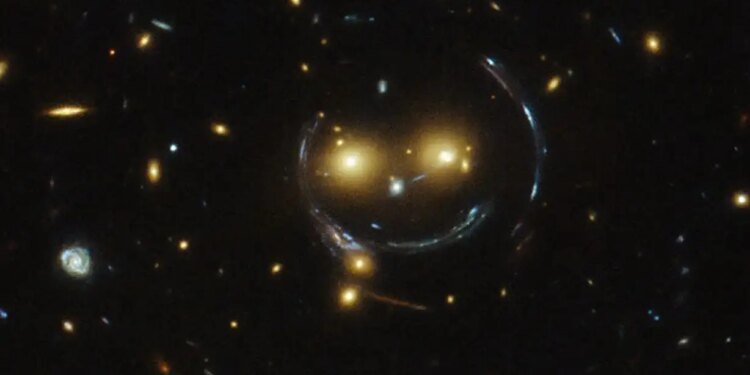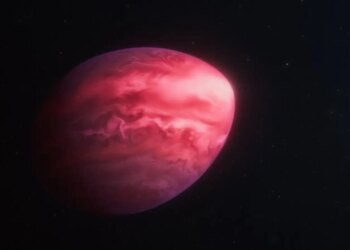
A galaxy cluster produces gravitational lensing, bending light around it
NASA, ESA, Michael Gladders (University of Chicago); Acknowledgement: Judy Schmidt
Quantum physics may be the secret ingredient for understanding cosmic objects that our telescopes cannot show us in detail, or at all.
To understand space, we collect and analyse light that travels from objects like stars into our telescopes, but that light doesn’t always travel in straight lines. Often, as it passes by a very massive object, such as a planet or a black hole, the light’s trajectory bends and creates distorted images as if an extra lens was added somewhere along the way.
But what about objects that are not cosmic heavyweights and have relatively small masses? Traditional imaging methods struggle with such “microlensing” events, but Zhenning Liu at the University of Maryland and his colleagues have now shown a protocol for analysing light that accounts for its quantumness could do much better.
They focused on leveraging the quantum properties of light to discern the mass of objects that cause microlensing. Liu says researchers can tell when a microlensing event happens, because the light becomes brighter. This allows them to know there is an object between us and the light’s source, but if that object is not huge, they cannot infer its mass from the properties of the light that telescopes already measure. Such objects could include small, isolated black holes and even some rogue planets.
But light is made from photons, which are quantum particles, so information about their journey towards Earth also gets encoded into their quantum properties. Notably, whenever a photon has the option of taking multiple different paths around an object, each of which requires a different travel time, that difference changes the photon’s quantum properties. Because quantum particles can sometimes behave like waves, these photons can effectively take both paths around an object simultaneously, like a water wave encountering a rock. The team’s protocol excels at extracting the time difference between both paths, which can then be translated into the object’s mass.
Liu says a planet or black hole creating microlensing would not necessarily be invisible in all other observations. But those methods may require collecting a lot more light, which is equivalent to having to build ever larger telescopes. The quantum approach would work with relatively few photons.
For instance, his team’s mathematical analysis showed the protocol would work well for stars in the galactic bulge, a part of the Milky Way where dark objects have previously been discovered through studies of gravitational lensing. Because the new protocol does not require a full-fledged quantum computer and could be implemented with more standard devices that capture and analyse one photon at a time combined with conventional computers, it also stands a chance of being tested in practice within a few years.
Daniel Oi at the University of Strathclyde in the UK says the quantum approach offers an exponential improvement in the ability to extract time delay information from light, an advantage that he likens to a holy grail of quantum technology. Oi says quantum technologies are a natural match for weak astronomical signals like small numbers of photons, because quantum theory is the origin of many of the limits on just how precisely something can be measured in physics.
Reference: arXiv, DOI: 10.48550/arXiv.2510.07898
Topics:
- astrophysics/
- quantum physics
Source link : https://www.newscientist.com/article/2501892-quantum-inspired-algorithm-could-help-reveal-hidden-cosmic-objects/?utm_campaign=RSS%7CNSNS&utm_source=NSNS&utm_medium=RSS&utm_content=home
Author :
Publish date : 2025-10-28 20:46:00
Copyright for syndicated content belongs to the linked Source.












